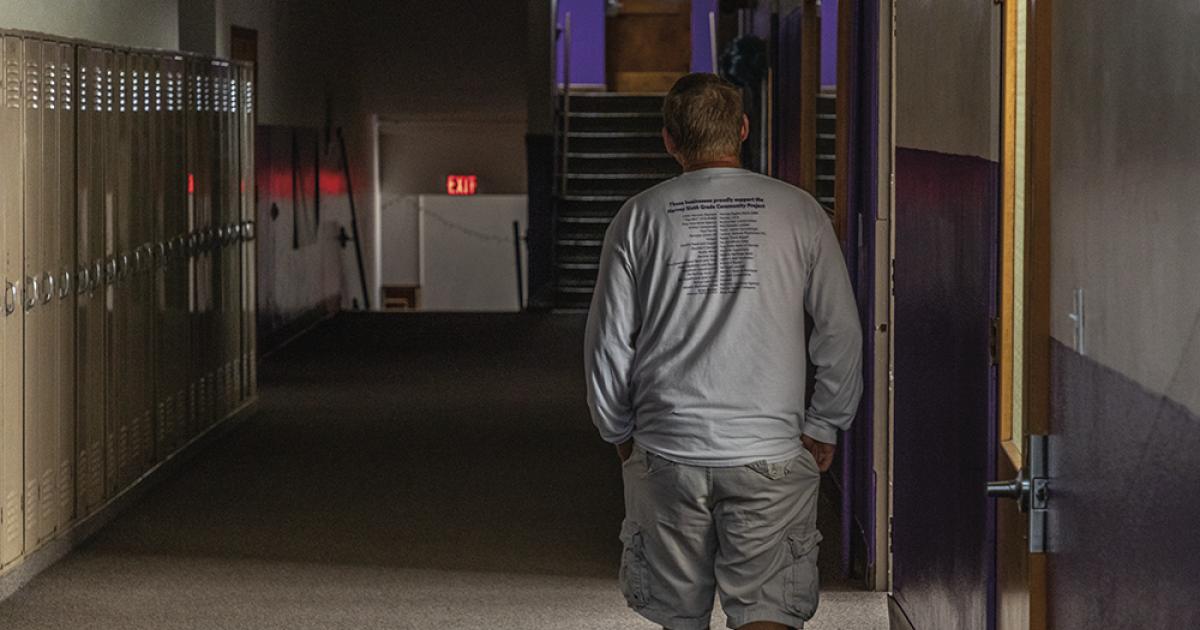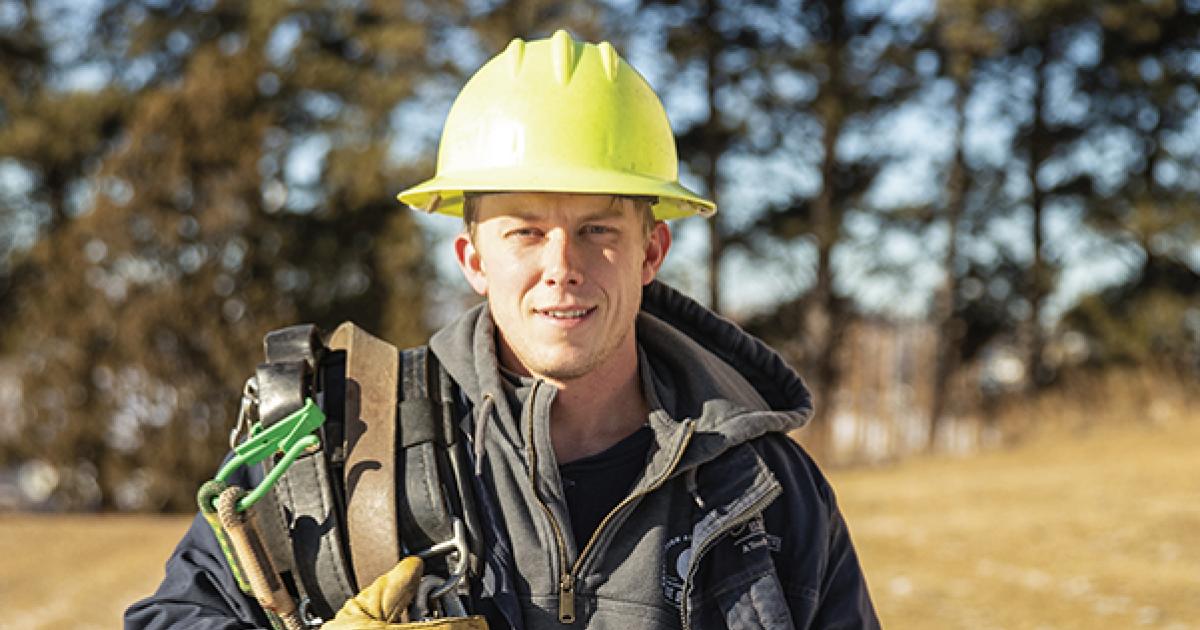Winter driving safety is important for drivers, passengers and law enforcement, as well. Currently, 142 troopers are employed by the North Dakota Highway Patrol (NDHP). The NDHP recently responded to 175 highway assists and investigated 82 crashes in just a 96-hour period, from Oct. 10-13.
Sgt. Wade Kadrmas, safety and education officer with the NDHP, answers winter driving questions to help North Dakota Living readers stay safe this winter. Prior to joining the NDHP in 2015, Kadrmas was a police officer for the city of Dickinson.
Q: What maintenance or vehicle care should be performed for winter driving preparedness?
Drivers should have adequate tire tread depth for winter driving. A tire with a 2/32-inch tread depth is considered worn out. Many tire manufacturers recommend at least a 5/32- to 6/32-inch tire tread for winter driving. Windshield wiper fluid should be checked frequently, and car batteries should have enough cold cranking amps (CCA) to adequately start a vehicle in cold temperatures.
Q: Do I need a winter survival kit? What should it include?
Yes, you should have a winter survival kit. The kit should contain blankets, a portable cellphone charger, water, food, a first-aid kit and hand warmers.
Q: What are your top safety tips for winter drivers?
Slow down when roads are wet, icy or snow-covered. Don’t use cruise control in these conditions. Increase following distance. Turn your headlights on. Don’t drive distracted. ALWAYS wear a seatbelt. And NEVER pass a snowplow actively engaged in cleaning roads.
Q: What’s the most common mistake drivers make in winter conditions?
Driving with cruise control when roads are wet, icy or covered with snow.
Q: What should a person do if stranded?
If the vehicle is stopped in a safe location, stay with the vehicle and call for help. If the vehicle is stopped in a driving lane and conditions allow for you to exit the vehicle, you should exit the vehicle. Make sure your hazard lights are on. Your vehicle could be struck by another vehicle if it remains in a driving lane before it can be removed. If the conditions aren’t safe for you to wait outside, make sure your hazard lights are on and you are wearing your seatbelt. Assess the situation and make the best decision possible based on the circumstances.
Q: Where can people find up-to-date information on road conditions?
Visit the online N.D. Travel Information Map: https://www.dot.nd.gov/travel-info-v2/(link is external). A mobile version of the map is also available for IOS and Android phones. Search “NDRoads” in the app store of your mobile device.
Q: What’s the one safety message you can’t communicate enough to winter drivers?
SLOW DOWN and BUCKLE UP!
Remember, safety matters for everyone on the road. Troopers want you to get home safe at night. Help them get home safely, too.










